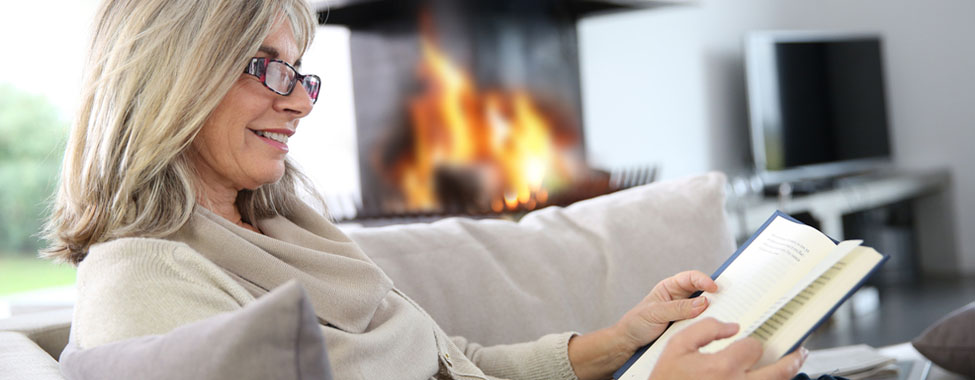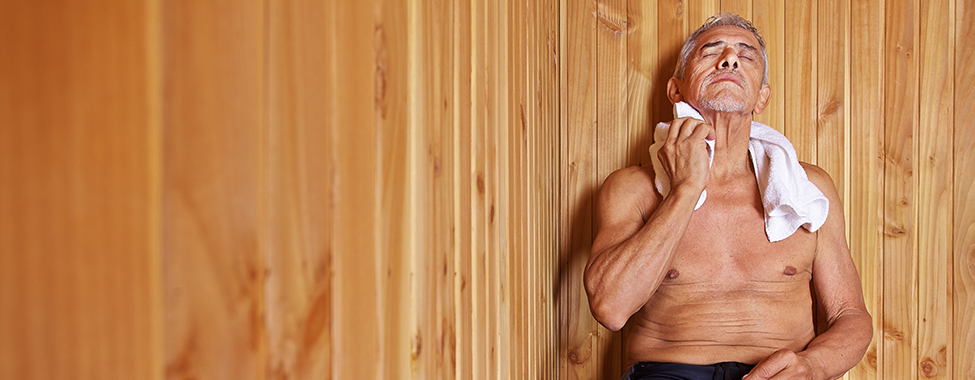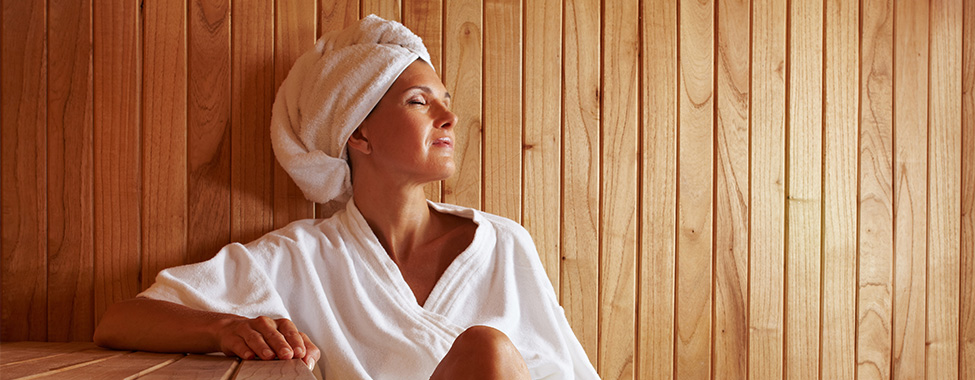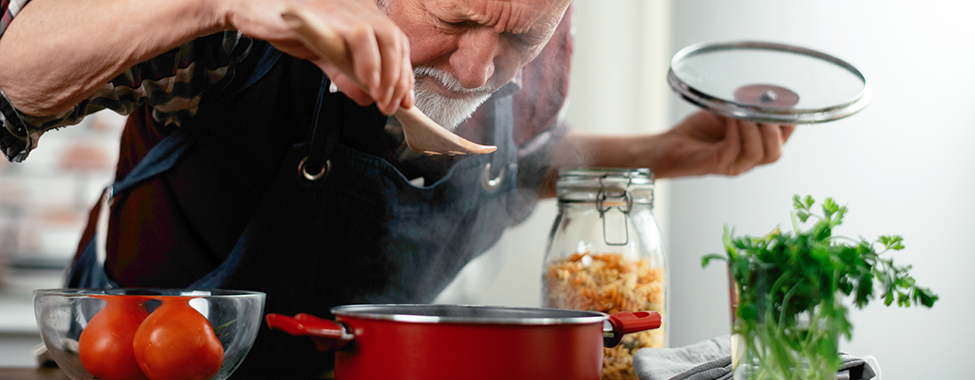Unfortunately, stress is a common factor in our lives, from work to personal life. Stress is a natural and healthy response in some situations, but suffering through chronic stress can have lasting side effects on your health. Luckily, there are many stress management techniques available to help relieve stress and anxiety for a happier and healthier life. Read on to learn more about the impact of stress on our health and what you can do to help manage it.
What Causes Stress?
On a very basic level, stress is caused by experiences that your body perceives as challenging on a physical, mental, or emotional level. Stress is a normal human reaction that happens to everyone when changes or challenges (stressors) are experienced. Your body then produces physical and mental responses.
Stress isn’t always a negative response, as it can help you adapt to stressful experiences to help your body better manage the situation. Short-term, acute stress is perfectly natural and easily manageable. On the other hand, long-term, chronic stress can have a serious impact on your health. Prolonged periods of stress without the ability to relax or recover can have lasting effects on your mind and body. Poor stress management can also lead to the development of unhealthy coping habits such as excess drinking, eating disorders, and even drug use.

Common Causes of Stress
| Caring for a family member | Increase in financial obligations |
| Chronic illness or injury | Job situations |
| Death of a loved one | Mental health |
| Divorce | Moving to a new home |
| Fear and uncertainty | Traumatic event |
| Getting married | Unrealistic expectations |
| Health conditions | World events |
Symptoms of Stress
| Aches and pains | Jaw clenching |
| Anxiety or irritability | Muscle tension |
| Chest pain | Panic attacks |
| Depression | Racing heart |
| Exhaustion or trouble sleeping | Sadness |
| Headaches, dizziness, or shaking | Stomach or digestive problems |
| High blood pressure | Weak immune system |
The Side Effects of Stress
| Abnormal heartbeat (arrhythmia) | Heart attack |
| Asthma attacks | Heart disease |
| Changes in sex drive | Heartburn |
| Depression | High blood pressure |
| Digestive issues | Irritable bowel syndrome |
| Fertility problems | Skin problems |
| Flare-ups arthritis | Ulcers |
| Hardening of the arteries (atherosclerosis) | Weight gain or loss |

Stress Management Techniques
Yoga
When feeling stressed, stretch it out. Yoga is the perfect way to wind down and relieve stress, as it has the potential to get both your body moving and your mind resting. If you are home, set up a quiet space to dedicate some time to focus on your poses, breathwork, and even meditation. You can release even more tension by doing hot yoga in a sauna. No space for a yoga mat? You can still destress with some simple sitting and standing yoga poses.
Sleep
Sleep seems to always be on lists for better health, and for good reason! A lack of sleep can seriously contribute to increased stress levels if you are feeling tired throughout the day. Unfortunately, lack of sleep can cause stress… and stress can cause lack of sleep. If you find your mind racing with stress before bedtime, it might be time for a new nightly routine. Dedicate some time to unwind before bed to help you sleep better and reduce stress the next day.
Sauna Use
Using an infrared sauna offers a wealth of health benefits, and one that everyone can benefit from is stress release. For starters, your sauna session can be your own personal escape to have 20 minutes all to yourself. On top of the mental break, infrared saunas can help ease muscle tension you may be feeling from stress and can help improve your sleep, which in turn helps reduce stress. You can also add sound therapy, chromotherapy, and aromatherapy to your sauna session to add extra touches of relaxation.
Meditation
Meditation brings short-term stress relief as well as lasting stress management benefits. There are many different forms of meditation to try – each one is unique and brings its own appeal. You might develop a mantra that you repeat in your mind as you take slow deep breaths. Or, you might take a few minutes to practice mindfulness, which involves being in the moment. Another option is guided imagery where you imagine yourself being in your “happy place”.
Leisure
Leisure activities can be a wonderful way to relieve stress. Yet, many people feel as though their lives are too busy for hobbies, games, or extra fun. Building time for leisure into your schedule could actually be key to helping you feel your best. When you feel better, you’ll perform better, which means leisure time may make your work time more efficient. Whether you find joy in caring for a garden or you like making quilts, hobbies and leisure are key to living your best life.

Digital Breaks
Looking at a screen all day and all night can lead your mind to constantly be running. The pressures of news stories, social media, work, and other obligations can be hard to escape when we are always engaging with them. Start dedicating some screen-free time to your day to decompress from a digital overload, and try to do it right before going to bed to help you wind down. It’ll be better for your mind and be a nice rest for your eyes.
Exercise
Physical activity is key to managing stress and improving mental health. And the best news is, there are many different kinds of activities that can reduce your stress. Join a gym, take a class, or exercise outside. Keep in mind that there are many different ways to get more physical activity in your day, too. Walking, yoga, strength training, kayaking, hiking, and spin class are just a few different examples of ways you can get stress relief through exercise.
Creative Outlets
Getting in touch with your creative side may have been easy for you during childhood, but if you’ve lost touch with your penchant for artwork, it’s not too late to pick it up again. If you aren’t into drawing or painting, consider coloring in a coloring book. Adult coloring books have risen in popularity and for good reason – coloring can be a great stress reliever. Try out different creative outlets to see what fits your style best. Who knows, maybe you’ll make a new hobby out of it!
Breathing Techniques
Just focusing on your breath or changing the way you breathe can make a big difference to your overall stress level. Breathing techniques can calm your body and your brain in just a few minutes. The best news is, they can discreetly be done anywhere. So whether you’re in a stressful meeting or you’re stuck in traffic, breathing exercises could be key to reducing your stress no matter which situation you’re in.
Aromatherapy
You’d be surprised just how many aromatherapy health benefits there are, especially when it comes to your mood. If you’re feeling stressed, try some essential oils to help put you in a better mindset. When you need a bit of calm and relaxation, enjoy the scent of classic lavender. Need to reinvigorate your mind? Peppermint and citrus essential oils can have you feeling refreshed.

How to Prevent Stress
Cut out Stressors
This one might seem obvious, but the best way to reduce your stress is to cut something stressful out of your life. Get rid of the things that are adding to your stress so you can experience more peace. Watching the news, being constantly connected to your digital devices, and consuming too much caffeine are just a few of the things that may add more stress to your life. Making some changes to your daily habits could be instrumental in helping you feel better.
Time Management
If you’re trying to squeeze 20 hours worth of work into 16 hours, you’re going to feel stressed. Reducing your workload could be key to helping you get through the day feeling better. Honing your time management skills can allow you to minimize the stressors that you experience, and better manage the ones you can’t avoid. Be okay with saying no to things that will overload your day and create a to-do list to better organize your time.
Diet
Emotional eating and reaching for high-fat, high-sugar foods can provide a temporary sense of relief, but add to your long-term stress. Refined carbs, like cookies and potato chips, can cause a spike in blood sugar. When your blood sugar crashes, you might experience more stress and anxiety. Instead, consume a healthy diet that can help you combat stress over the long haul. Foods like eggs, avocado, and walnuts support mood regulation and energy balance.
Social Support
Having supportive people in your life is the key to stress management. Whether you need to vent or simply want a distraction, have a family member or friend that you feel comfortable confiding in for support. You may also need to expand your network. Join an organization, attend a support group, or get professional help if you find that approach better-suited for your needs to help reduce stress.
Time for Yourself
At the end of the day, one of the most efficient stress management techniques is making time for yourself. Stress stems from being overwhelmed, which typically stems from being stretched too thin with other obligations. When you put yourself first, you allow yourself to decompress and reconnect with what is important. Remember, the best way to be there for others is by showing up as your best self. Make time for yourself every day, whether it’s a full-blown spa day, a 20-minute sauna session, or a 10-minute yoga and meditation session before bed.
Finding the best stress relief strategies for you may take some experimenting. Some strategies may take practice, too. But it’s important to keep looking for the tools that will help you manage life’s inevitable ups and downs in a healthy way. Keeping stress at a manageable level is important for your overall wellbeing, so use these tips to help manage and prevent stressful moments in your life.
 Canada
Canada Australia
Australia New Zealand
New Zealand Germany
Germany UK
UK EU
EU Ireland
Ireland Malaysia
Malaysia China
China Japan
Japan






































